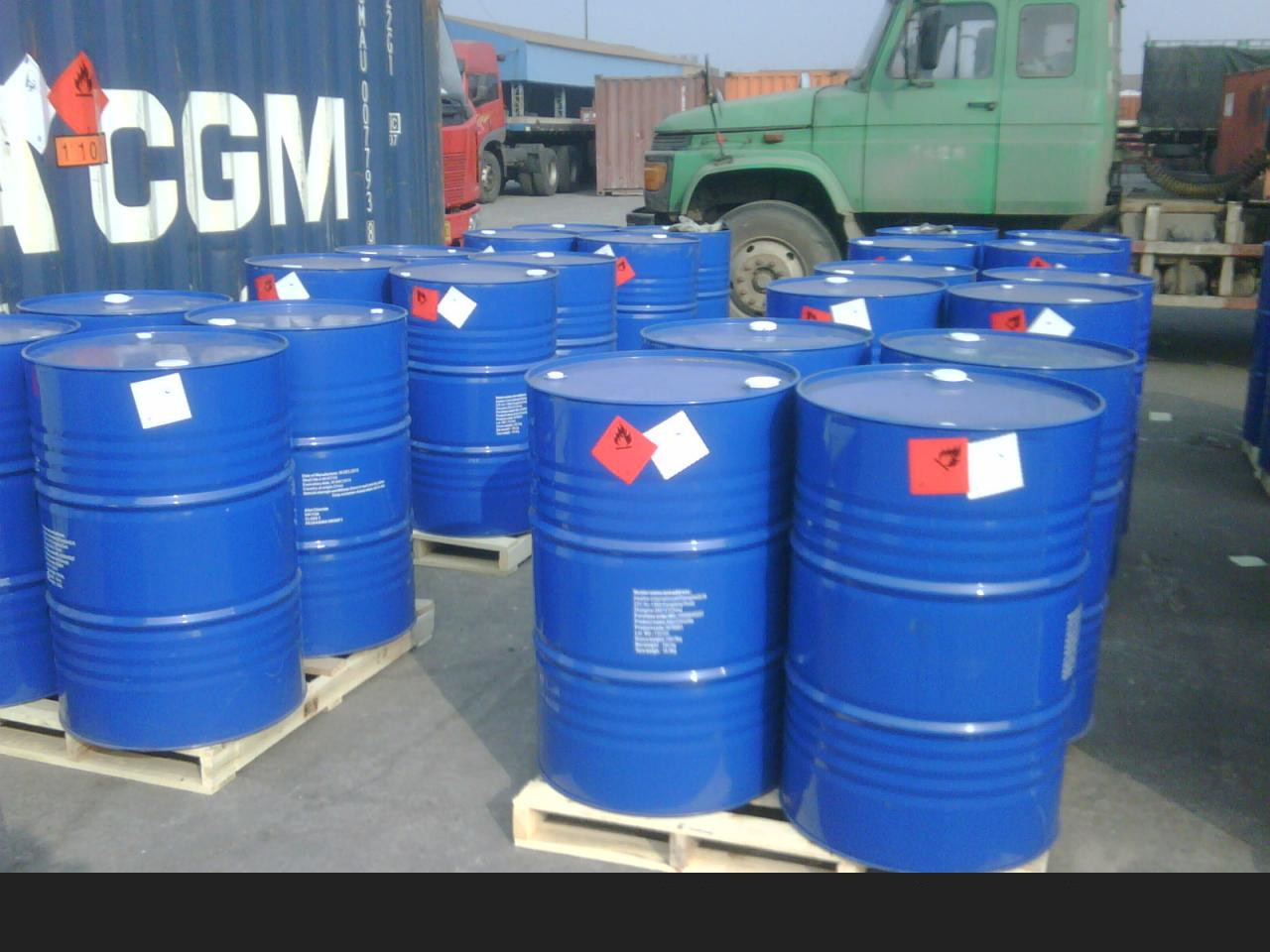Yam is a cultivar capable of forming underground fleshy tubers in the genus Dioscorea, which is an annual or perennial vine, and its organ organ is an official tuber. The flesh is pure white, sweet and fragrant, and has a large quality. It is a good vegetable that is eaten, and it is a commonly used medicinal material. It is recognized as a pollution-free vegetable. The development of yam production is a good project to promote the adjustment of agricultural structure, develop high-efficiency agriculture and increase farmers' income. The development prospect is very broad, but in the cultivation process, due to lack of experience or irregular planting techniques, there are often some or all kinds of problems. The following common diseases and control techniques in the cultivation process are described as follows: (A) erythema 1. Symptoms The yam erythema disease is a disease caused by nematodes and mainly damages the root tubers of yams. The infected tuber is small and light in weight. The onset of yam erythematous disease is the formation of red-brown near-circular to irregularly slightly depressed lesions on the tubers, with a single lesion diameter of 2-4 mm. When the disease is heavy, the lesions are dense and dense, and they fuse with each other to form large dark brown plaques. The surface has fine-spotted lesions, 2-3 mm deep, and the deepest 1 cm or more, brown dry rot. 2. Transmission routes and disease conditions The yam nematode can survive in the soil for more than 3 years. The diseased debris and diseased field soils are the main route of erythroderma infection. The life cycle of yam nematode is extremely irregular. It takes about 2 generations a year, and only infects yam. When new tubers begin to form in June, the nematode can infect, and the infection gradually increases until it is harvested. The nematode grows from the base to the long. Can be infected at 40cm, with more than 20cm lesions. 3. Control methods (1) More than 3 years of crop rotation with wheat, corn, sweet potatoes, potatoes, cotton, tobacco, peppers, carrots, watermelons and other crops that are not easily infested. (2) Using 0.1%-0.3% TMK to immerse the diseased plant for 24 hours, the disease prevention effect was over 95%; in the case of heavy planting, 2kg of TMK granules per 667m2 were planted before sowing and the control effect reached over 75%. (3) Selecting propagation-free propagation of planted fields, combined with comprehensive measures such as rotation and application of non-hazardous fertilizers. (b) Anthrax 1. Symptoms mainly damage the leaves, but also harm stems. On the leaf veins of the leaves, small patches of primary brown depressions turn dark brown later, and after the enlargement, the central spot of the lesions is brown, and the surface of the lesions is scattered with small black dots (spore disks). The incidence of vine vines was more in the near part of the ground. The lesions were dark brown and slightly sunken. When the damage was serious, the leaves fell early and the vines died, causing the plants to die. Spots on leaves or vines often produce pale red sticky material (conidial blocks) when the air is wet. 2. Pathways and Pathogenicity Anthracnose is a disease that is caused by infection with Staphylococcus aureus and Dioscorea solani. The pathogenic bacteria mainly overwintered within the diseased tissue of the mycelia, and the conidia were transmitted through wind and rain, and the onset was heavy in high temperature and rainy season. Epichlorohydrin (ECH)
Epichlorohydrin, 3-Chloro-1, 2 - epoxypropene, chloropropylene oxide ,ECH .
Molecular Formula: CH2OCHCH2Cl, C3H5OCl
ITEMS
GUARANTEED SPEC
PURITY% (m/m)≥
99.9
DENSITY g/cm3
1.180-1.183
COLOR(pt-co)≤
10
MOISTURE%(m/m)≤
0.05
Epichlorohydrin (Ech),Epichlorohydrin 106-89-8,99.9% Epichlorohydrin,High Quality Epichlorohydrin Shandong Tiancheng Chemical Co., Ltd. , https://www.tianchengchemical.com
Properties: It is a volatile, unstable colorless liquid with irritating odor similar to chloroform and ether. Molecular weight is 92.85, density, 1.1806g/cm3, boiling point, 116.11°C, freezing point, -57.2°C, refractive index (nd20), 1.4382, flash point (open cup), 40.6°C, and ignition point, 415°C. It is slightly soluble in water, miscible with many organic solvents, and able to generate azeotrope with a variety of organic liquids.
Main Applications:
Epichlorohydrin is an important organic industrial chemical and a chlorine-consuming product in fine chemicals, mainly for producing epoxy resin, synthetic glycerin, epichlorohydrin rubber, nitroglycerine explosives, glass fiber reinforced plastics, and electrical insulation products, which are widely used in the chemical industry, light industry, transportation, medicine, electronics and other fields. It also can be used as solvent for cellulose ester, resin, and cellulose ether, and the raw material of plasticizer, stabilizer, surfactant, and chloroprene rubber.
Toxicity and Protection: It is highly toxic, absorbed through the skin, and irritating to skin and mucous membranes. In higher concentrations, it has the function of narcotism. When poisoning occurs, there will be eye irritation, conjunctivitis, rhinitis, lacrimation, cough, fatigue, gastrointestinal disorders, nausea and other symptoms. Serious poisoning may lead to anesthesia or even lung, liver or kidney damages. Lethal concentration of human beings is 20ppm. Lethal dose of rat is 5090mg/kg. The maximum allowable concentration in air is 5ppm (18mg/m3). Production equipment needs to be closed, air, circulating, and the operator, wear protective equipment. In addition, due to intense auto polymerization, epichlorohydrin can not be heated in the fire in case of container burst. As for reaction as reagent, it is appropriate to be diluted with inert solvent and slowly added.
Packaging, Storage and Transport:
As ferric chloride or stannic chloride can promote auto polymerization, epichlorohydrin should be stored in dry, clean iron barrel, 200kg each, and kept in a cool, ventilated, and dry place, away from fire and heat. Store and transport in accordance with the provisions of flammable toxic substances.
EPICHLOROHYDRIN SPECIFICATION DATA SHEET
